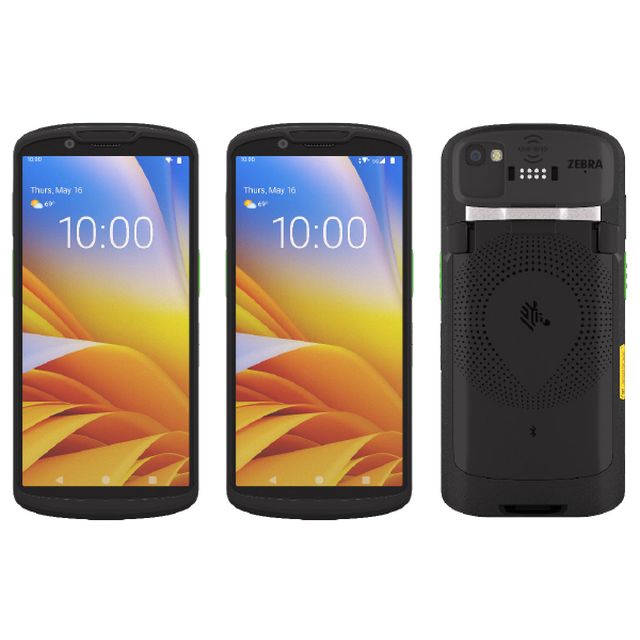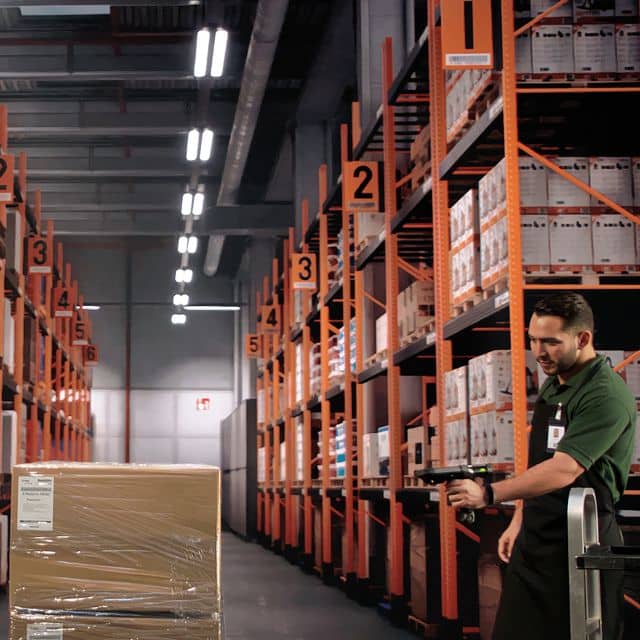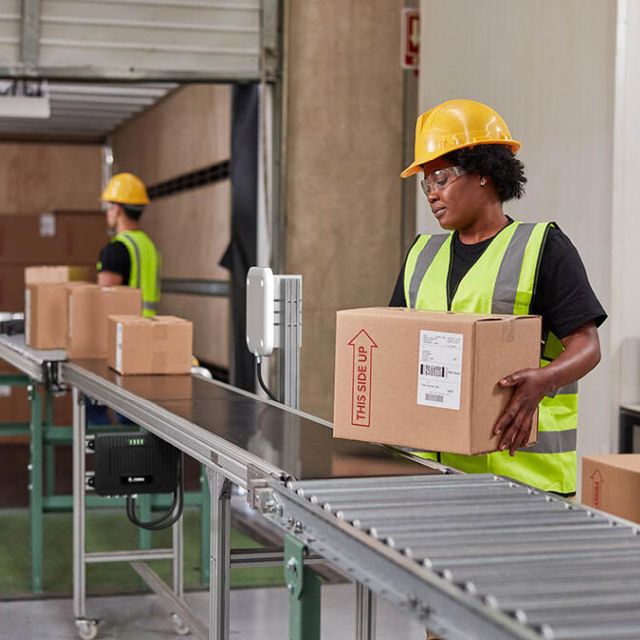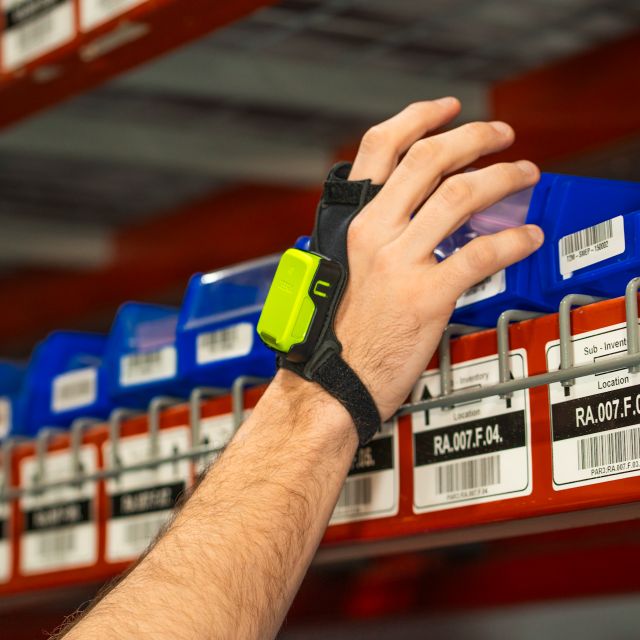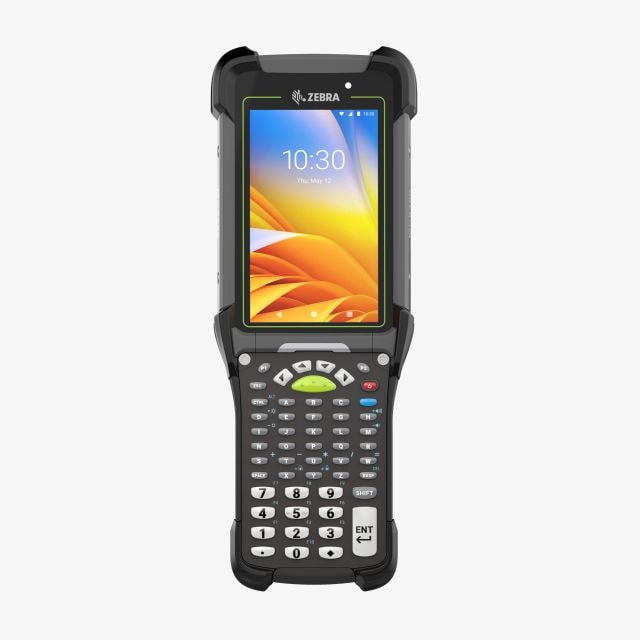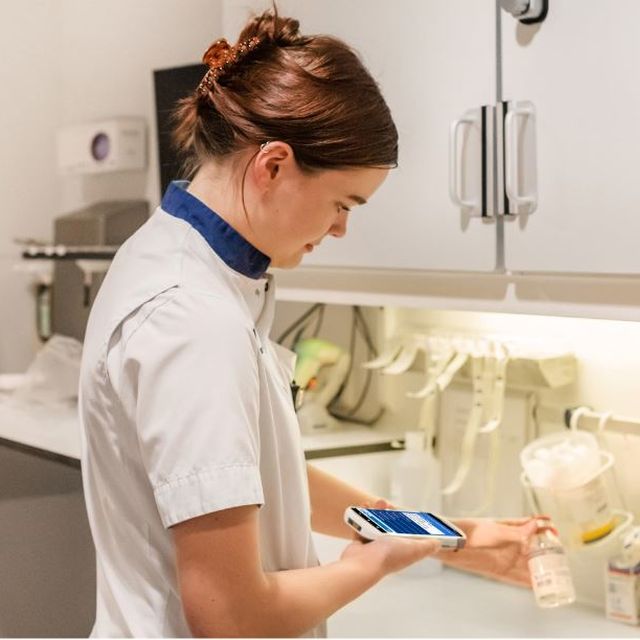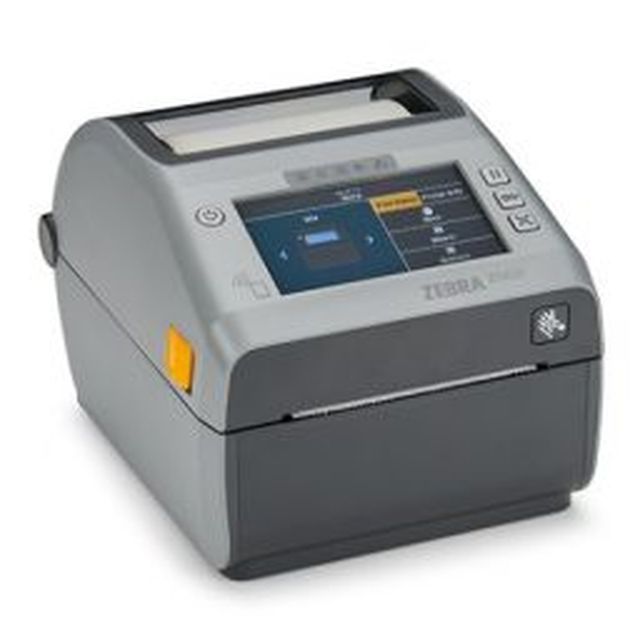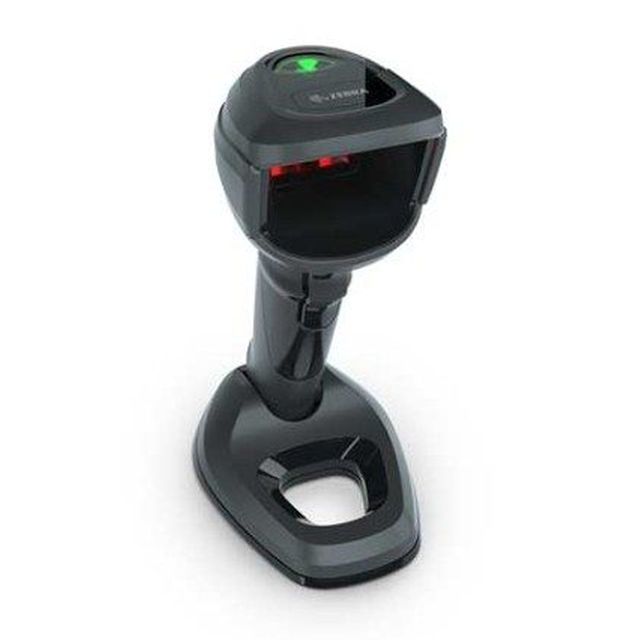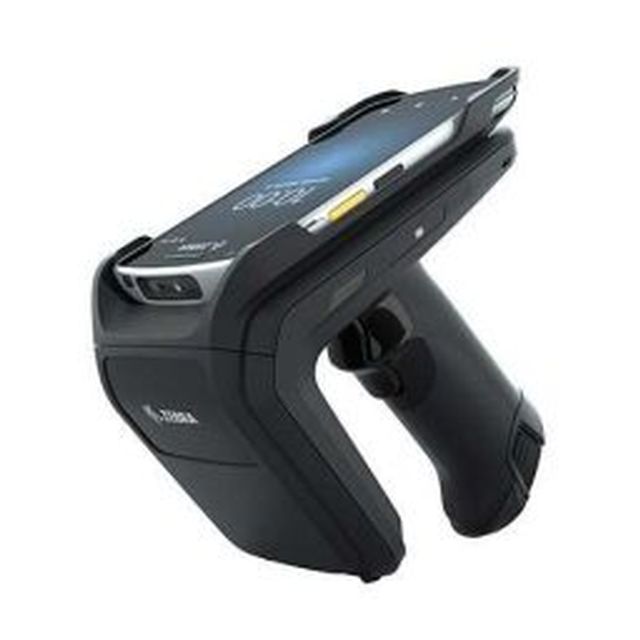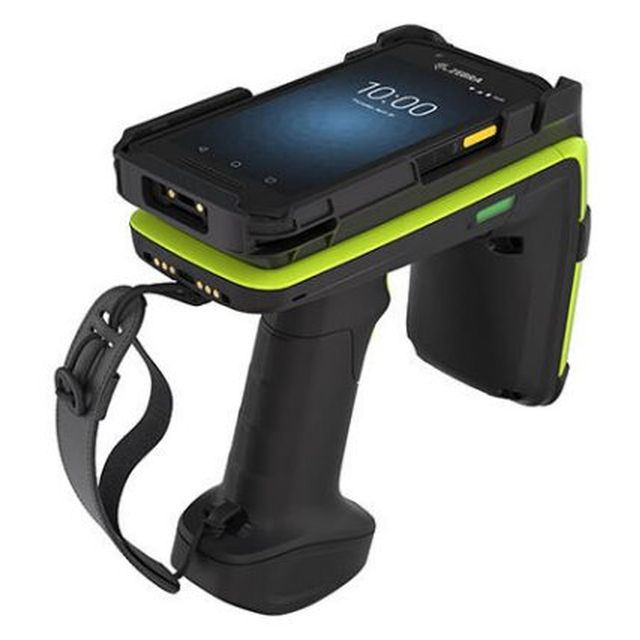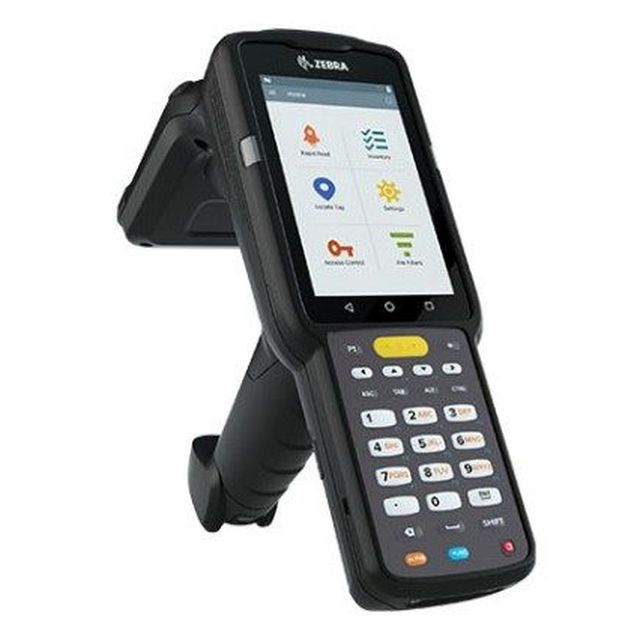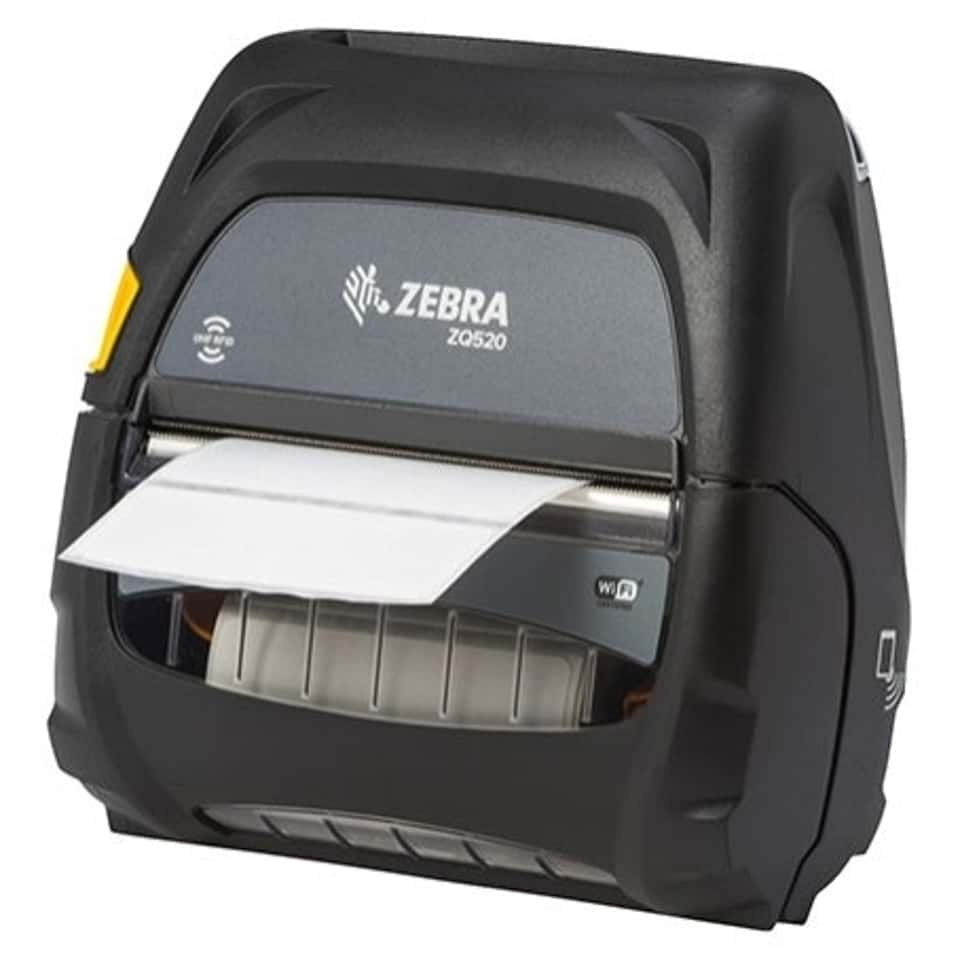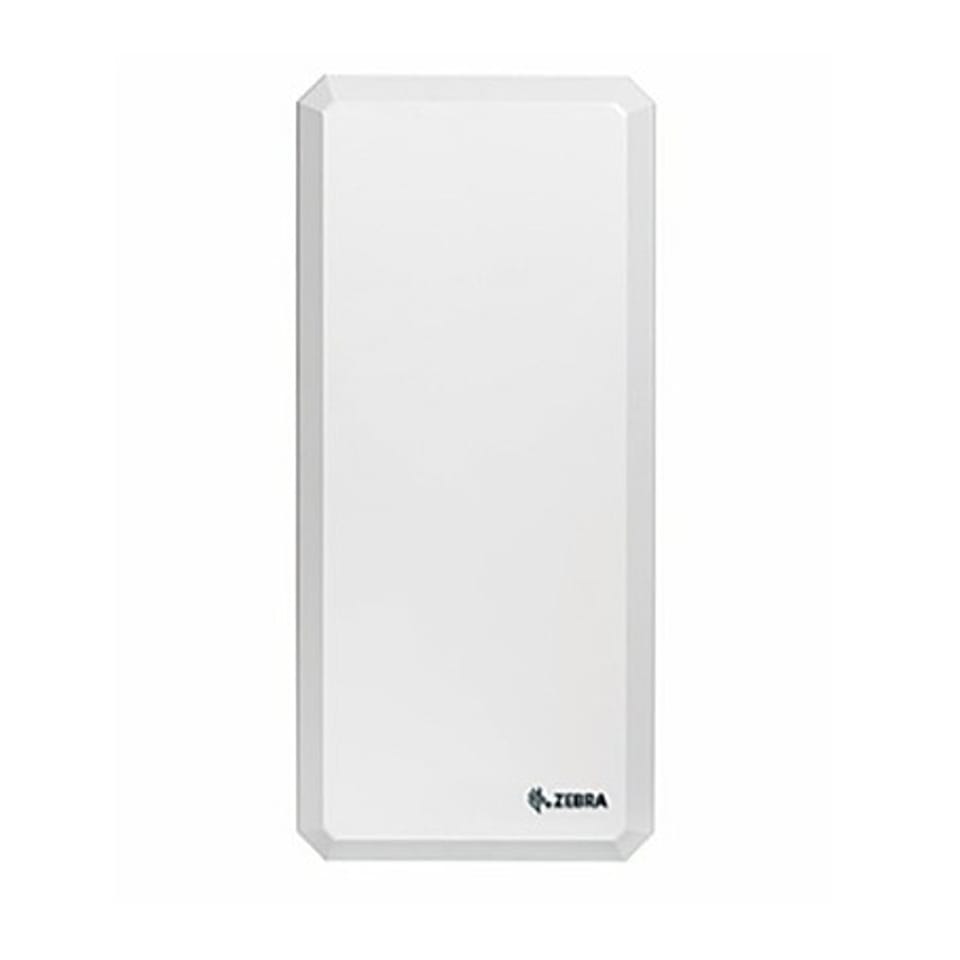Zebra Provides Temperature Sensors to Prevent Blood Retesting
At a glance:
- Purpose-built insulated blood transport bag
- Vials are individually identified
- Temperature sensor logs inside bag temperature every minute
- Retesting only when anomaly is detected
Within the healthcare industry, there is a noticeable trend toward acceptance of retesting of blood work as “normal.” One of the reasons for this is that not all cold chains and labs actively monitor the temperature inside blood transport bags. As a result, many blood samples are in fact spoiled by the time they arrive at the lab. Zebra is now offering a solution which addresses that.
Maintaining the Right Temperature in Blood Samples
The quality of blood and other bodily fluid samples is very important in defining and delivering treatment programs. Zebra has therefore developed a solution in conjunction with independent software vendors to make sure that a temperature-controlled transportation system is in place capable of delivering test-worthy samples to the lab in a timely manner. This solution entails putting a tray of blood vials in a purpose-built insulated blood transport bag designed specifically for temperature-controlled shipment. Each vile is tracked with a barcode label, written record and RFID tag starting at the time of collection. The vials are tracked using a passive RFID system and read several times during transport.
Better Preparation at the Lab
With everything captured and recorded in real time, the lab has visibility of where the samples are in transit and what tests are needed so they can prepare in advance. The solution also helps ensure the right sample gets to the lab in the right time.
Temperature Sensor ZS3000
In order to make sure that the blood vials were not denatured by a blast of heat along the way, the electronic temperature sensor ZS300 quietly sits in a pocket in the insulated blood sample transport bag and systematically tracks temperature data every minute. When the blood arrives at the lab, the person who physically receives the bag of vials places it into an RFID reader tray. The logged data from the temperature sensor is received and sent up to the cloud where it is collected by an application programming interface (API).
Retesting Only When Urgently Required
A lab technician then officially checks in the entire lot of received blood, first checking the dashboard to ensure there are no missing or incorrect samples based on the advanced notice of inbound inventory. They then batch check the logged temperature reading of each vial. If they confirm the blood has remained within safe parameters and is test ready, they move it to the next step in that process. If they spot an anomaly, such as a temperature dip or peak on the graph, they can order an urgent retest. This saves costs and avoids unnecessary additional blood work.








